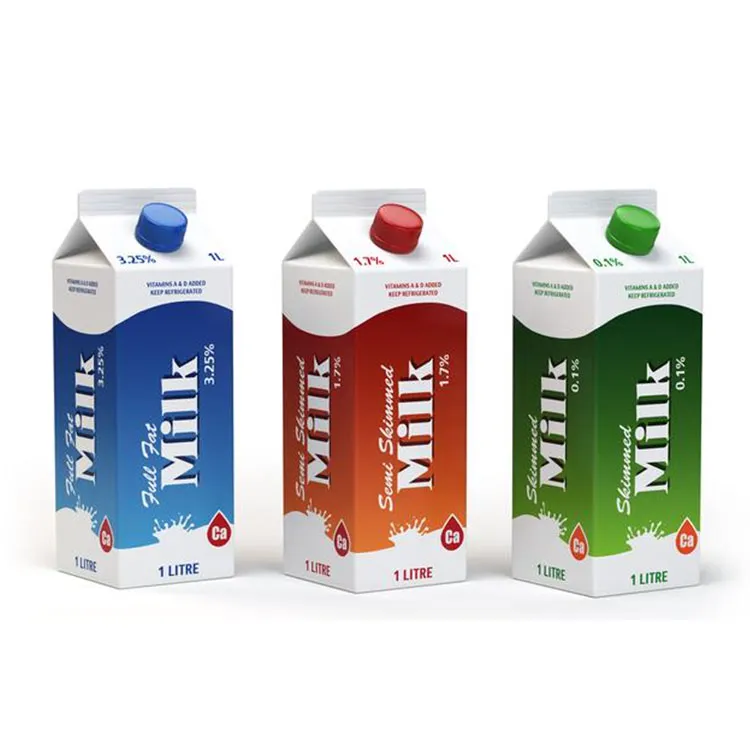Sterile packaging plays a crucial role in maintaining the cleanliness and safety of products, particularly in healthcare, pharmaceuticals, and certain industrial settings. Whether it's medical devices, surgical instruments, or even certain food products, sterile packaging ensures that items remain free from contaminants such as bacteria, viruses, and other harmful microorganisms until they are ready to be used. But what exactly is sterile packaging, and why is it so essential?

Sterile packaging refers to a type of packaging designed to protect its contents from exposure to contaminants during transportation, storage, and handling. It ensures that products are free from bacteria, viruses, and other pathogens before they reach the end user. Sterile packaging must also maintain the sterility of the item after it has been sealed and during its shelf life, until the point of use.
In industries like healthcare, where sterility is a matter of life and death, sterile packaging is a regulatory requirement to prevent infections and cross-contamination. Similarly, in sectors such as pharmaceuticals and certain industrial environments, sterile packaging is used to maintain product integrity and meet stringent safety standards.
Sterile packaging systems generally consist of several key components:
1. Barrier Material: The packaging material used must create an effective barrier to prevent any contamination. Common materials include plastics, foils, and medical-grade papers. These materials are selected for their ability to keep out microorganisms while also withstanding sterilization processes like heat or radiation.
2. Sealing: Sterile packaging often involves specialized sealing techniques to ensure that the packaging remains airtight and secure throughout its lifecycle. Heat sealing, ultrasonic sealing, and adhesive bonding are common methods.
3. Sterilization Process: The product and packaging often undergo sterilization through methods such as steam (autoclaving), ethylene oxide gas, gamma radiation, or electron beam irradiation to ensure that all harmful microorganisms are eliminated.
4. Breathability: In some cases, packaging must allow for gas sterilization processes to occur without compromising the sterility of the product. Special materials like Tyvek or medical-grade paper allow gases to pass through but block contaminants.
There are various forms of sterile packaging depending on the product, its application, and industry requirements:
1. Pouches and Bags: Common for medical instruments and devices, these flexible pouches are sealed and sterilized to keep items clean until they are needed. They often feature tear notches for easy opening in sterile environments.
2. Blister Packs: These are typically used for pharmaceuticals, such as pills and capsules. Each unit is individually sealed to maintain sterility and prevent contamination during transport or handling.
3. Trays and Containers: Rigid containers made from plastic or metal are used for larger or more sensitive equipment. They are often used in surgical settings to store instruments that need to remain sterile until the moment of use.
4. Peelable Pouches: These are used when easy and sterile presentation is critical, such as with medical devices. The pouch can be peeled open without touching the contents directly, reducing the risk of contamination.
The primary function of sterile packaging is to prevent contamination, which is especially vital in medical and pharmaceutical industries. Here are some reasons why sterile packaging is so important:
1. Infection Control: In hospitals and healthcare facilities, sterile packaging is used to keep surgical instruments, needles, and medical devices free from germs. This is crucial for preventing infections, particularly in environments where patients are vulnerable to illness.
2. Product Integrity: In pharmaceuticals, sterile packaging ensures that drugs remain potent and effective until they are administered. Contamination could render them ineffective or even dangerous.
3. Regulatory Compliance: Many industries, particularly healthcare and food sectors, are regulated by strict standards that require sterile packaging. Adhering to these standards is essential to meet safety and quality assurance requirements.
4. Extended Shelf Life: Sterile packaging helps extend the shelf life of products by protecting them from environmental contaminants. This is important for items that need to be stored for long periods before use.
While healthcare and pharmaceuticals are the most prominent users of sterile packaging, it also has applications in other industries:
- Food and Beverage: Certain perishable food products, such as baby food or dairy, are often packaged in sterile containers to prevent contamination and spoilage.
- Cosmetics: Some cosmetics and skincare products, especially those with sensitive formulations, are packaged in sterile containers to ensure they are not exposed to bacteria or other contaminants during transport or use.
- Manufacturing: In cleanroom environments, where even the smallest contaminant can compromise production, sterile packaging is essential for the handling of sensitive materials and components.
Sterile packaging is a critical component in maintaining the safety, effectiveness, and cleanliness of products, particularly in industries where hygiene is paramount. It ensures that medical devices, pharmaceuticals, and other sensitive items remain free from contamination until they are needed. By using specialized materials, sealing methods, and sterilization processes, sterile packaging safeguards both consumers and patients, making it an essential practice in modern production and healthcare systems.
Shanghai Dinglizhu Import and Export Co., Ltd. is an enterprise that focuses on providing customers with high-quality adhesive labels, label printing, metal can packaging and other types of labels and outer packaging printing.Check out our website at https://www.tastefulpackaging.com for more information about our products. If you have any questions, feel free to contact us at chancexie513@outlook.com.